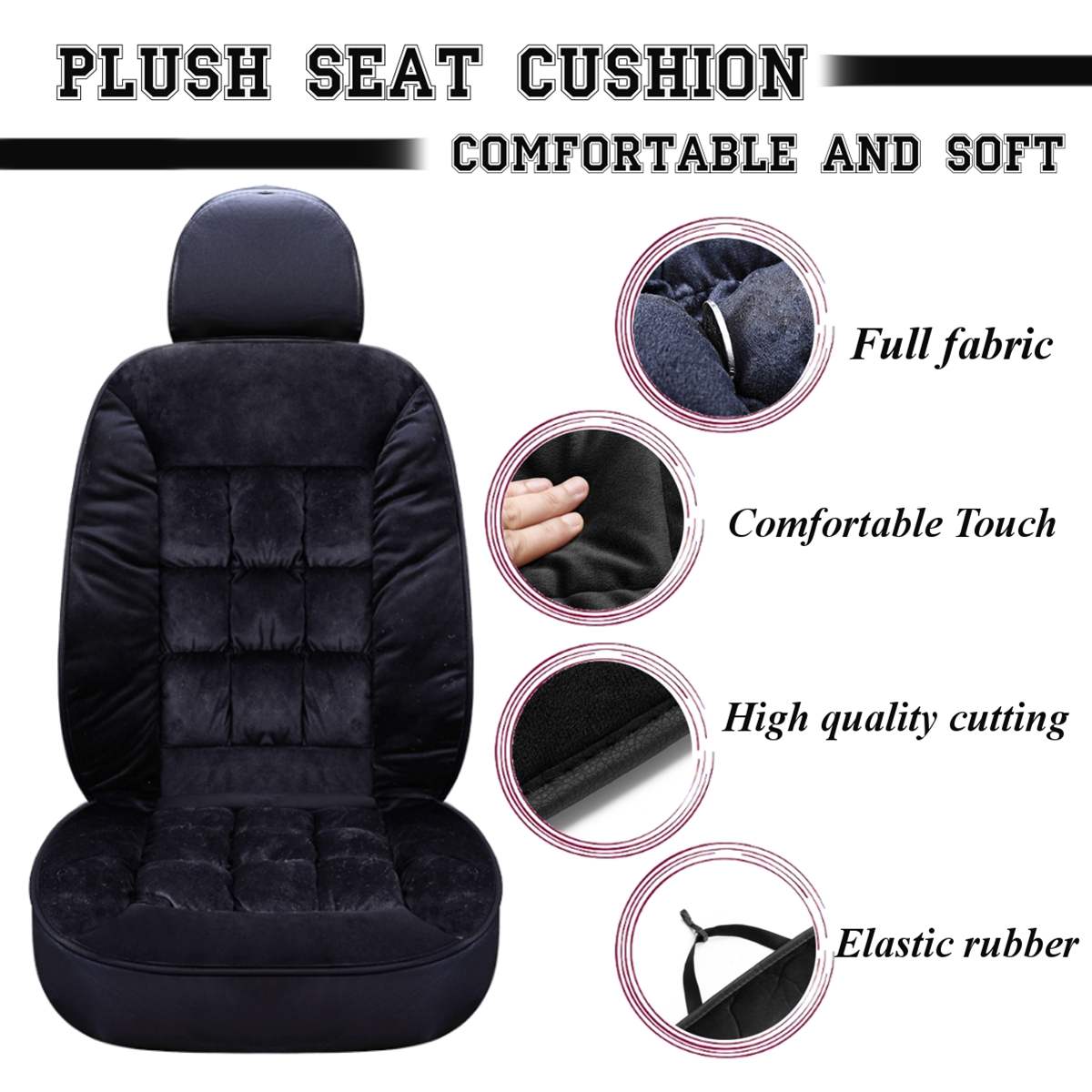
Understanding the Differences in Car Seats
If you spend enough time researching crash test data or going shopping for the perfect car seat, you'll find that after a while they all look the same.
While all seats may look the same, they are not. You need a seat that:
- Are your child's age, weight and size appropriate?
- Fits in the back seat of your car(s)
- Can be easily installed and removed
There are three main categories of car safety seats:
- Rear-facing child seats
- Forward facing car seats
- boosters
There are also convertible seats that first convert to rear-facing seats and then convert to forward-facing seats.
The first car seat for a child will be a rear-facing child seat. Some rear-facing car seats function only as seats and are designed to be used permanently in a vehicle. But some seat manufacturers also make rear-facing seats that can also be used as an infant carrier.
Many infant carriers can accommodate children up to 30 pounds, which means you can extend the life of your first car seat a little. However, these dual-use safety seats can get heavy, so buyers should be careful.
Your child should ride in a rear-facing child seat until their head is flush with the top of the seat. At this point, he is ready to switch to a convertible car seat. The convertible seat is larger than a child seat but still allows the child to ride rear facing, which is recommended until they are 2 years old (or until they meet the manufacturer's recommendations for forward facing). The longer the child can ride backwards, the better.
Once the rear-facing and forward-facing criteria are met, you flip the convertible seat so that it faces forward and your child is ready to see the road just like you.
When your child is 4 or 5 years old, he will most likely be ready to move from a convertible seat to a booster seat. Boosters are similar to those used in restaurants. This increases the child's height so that the harness fits snugly around the top of the thigh and the top of the shoulder. If you notice that the strap is cutting or pinching your child's neck, it is likely that he is not quite ready to use the child car seat yet.
It is not uncommon for a child to ride in a child seat until they are 11 or 12 years old. States have their own rules stating when children can ride for free, but a general rule of thumb is that they can be exempt when they reach 4 feet 9 inches (57 inches).
No matter what chair you use (child, convertible or booster) or how old your child is, it is best to always ride in the back seat for maximum safety.
Also, when buying a car seat, try to work with a knowledgeable salesperson who will take the time to explain the differences between brands and models. He should be ready to check your car to make sure the seat you are considering will fit. What about a super seller? Well, it should help you with the installation.
If you need more help adjusting your car seat, you can contact any police station, fire department, or hospital for help.
